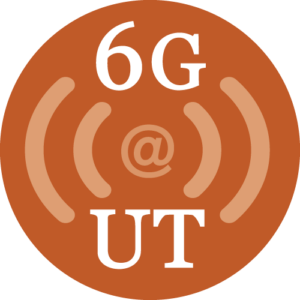“Engineers at the University of Texas at Austin have now made a small, cheap GPS system for mobile devices that gives centimeter-precision positioning accuracy. Such centimeter precision could let drones deliver packages to your porch, autonomous vehicles navigate safely, and be used in precision farming. It could also allow for some neat virtual reality tricks and games if coupled with a smartphone camera.
Continue reading the IEEE Spectrum article, which features an interview with Dr. Humphreys.









